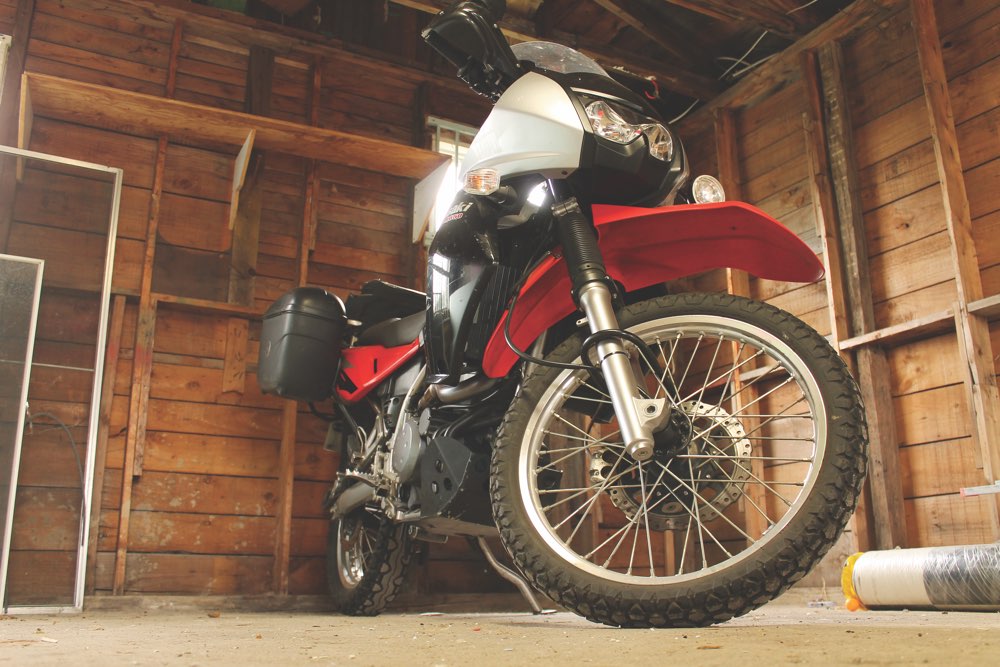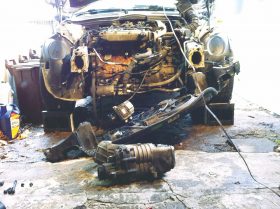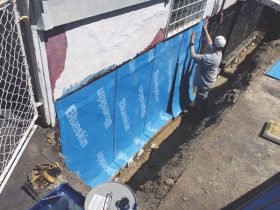I’ve been experiencing some bad-ish luck recently. I say bad-ish because the unexpected “extras” I’ve experienced while performing some recent repair jobs were not devastating. They were, however, inconvenient and somewhat costly. But these unforeseen circumstances could have led to even bigger problems down the road had they not been checked, and it would have been even harder on the wallet had I not rectified these issues in time.
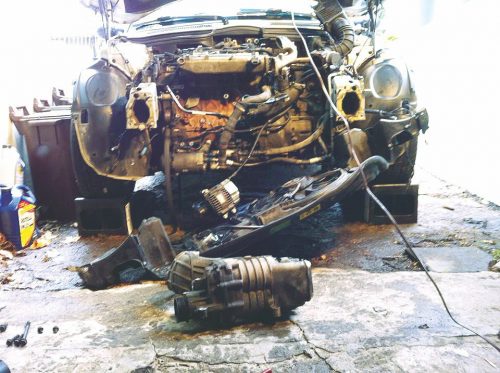 My girlfriend and I bought a house recently – a fixer-upper – and during the pre-purchase inspection process it was discovered that the cinder block foundation needed waterproofing – before you flip to the next story, we’ll get back to bikes within the next few paragraphs.
My girlfriend and I bought a house recently – a fixer-upper – and during the pre-purchase inspection process it was discovered that the cinder block foundation needed waterproofing – before you flip to the next story, we’ll get back to bikes within the next few paragraphs.
When the house was built in 1973, the owner had either neglected to install waterproofing, didn’t know it needed any or didn’t care. The result was damp basement walls. The job to install the waterproofing required that a special membrane be glued to the outside of the foundation walls, which meant a two-metre-deep trench had to be dug around the house. In other words, it was a relatively big project. Once the “moat” was dug to expose the foundation, we discovered that the house’s original rainwater drainage system was damaged.
The guy performing the repair work is a good friend of mine, so in the interest of saving me some money, he offered an easy patch job that wouldn’t really add much to his quoted price. He did, however, advise against it, because the potential for more damage in the future was high, and my moat would have to be re-dug. The alternative was to scrap the old drainage pipes and install a French drain, which also meant that he’d have to dig a new trench toward the street, to join the new pipes to the city’s drainage system. This increased the cost of the original estimate by 50 per cent. We’re not talking a few bucks; we’re talking thousands.
While the temptation to leave the old pipes in place and save some money for a new kitchen was strong, I opted for the new drainage system – if not for any other reason than for future peace of mind. We’ll be getting a new kitchen, too, just not a schmancy one.
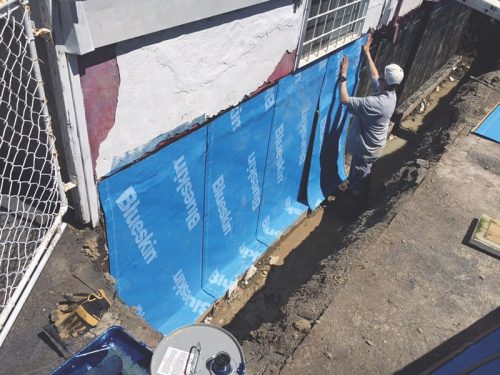 I experienced another such surprise a couple of years ago, when I’d replaced the oil in the supercharger of a Mini Cooper S I once owned (we’re getting back to bikes soon, I promise!). To do this, the supercharger had to come off, and to do that, so did the front bumper, the radiator, the radiator support and a bunch of other major components. It’s still the most involved oil change I have ever performed, and all for a measly four ounces of supercharger lube! The car had considerable mileage, and for a moment I pondered replacing the alternator, since it, too, had to come out in order to remove the supercharger. The alternator had never given me any problems, so it went back in – you can probably guess where I’m going with this. Not one month later, the battery icon lit up in the dashboard. A test proved that, indeed, the alternator had failed, and the whole front end of the car had to come apart again to replace it. Lesson learned.
I experienced another such surprise a couple of years ago, when I’d replaced the oil in the supercharger of a Mini Cooper S I once owned (we’re getting back to bikes soon, I promise!). To do this, the supercharger had to come off, and to do that, so did the front bumper, the radiator, the radiator support and a bunch of other major components. It’s still the most involved oil change I have ever performed, and all for a measly four ounces of supercharger lube! The car had considerable mileage, and for a moment I pondered replacing the alternator, since it, too, had to come out in order to remove the supercharger. The alternator had never given me any problems, so it went back in – you can probably guess where I’m going with this. Not one month later, the battery icon lit up in the dashboard. A test proved that, indeed, the alternator had failed, and the whole front end of the car had to come apart again to replace it. Lesson learned.
More recently, you may remember I disassembled the engine in my Kawasaki KLR650 (finally back to bikes!) to rid it of its oil consumption. As a preventive measure, I went deeper than just taking apart the top end, and while I had the engine completely apart I discovered a crack within the crankcase. Having learned from previous alternator experiences, among others, I didn’t hesitate to replace the crankcase. This entailed more work than I’d originally expected, as well as added costs. However, the peace of mind it has given me is worth well more than the couple of hundred added dollars; the same goes for the extra thousands for a new French drain.
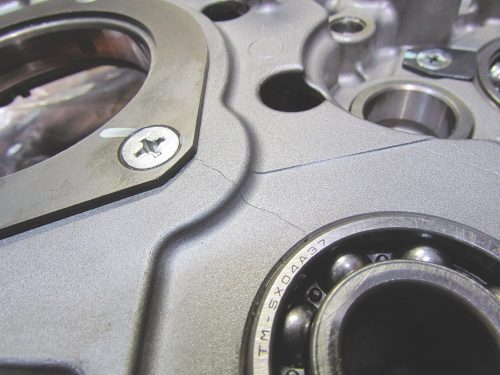 I took the KLR for its first ride recently, and am glad to report it runs great. I did notice some surging at steady highway speed, which indicates the stock jetting is a tad lean for the new, larger piston, even though I lifted the jet needle with a washer, which enriches the mid-range – unfortunately, it’s not rich enough. To remedy this, I’ve temporarily parked the bike to avoid melting the piston and have ordered a Dynojet jet kit, which allows for a much broader adjustment range. That’s more time and money spent than anticipated, but again, this modest change will prevent future problems.
I took the KLR for its first ride recently, and am glad to report it runs great. I did notice some surging at steady highway speed, which indicates the stock jetting is a tad lean for the new, larger piston, even though I lifted the jet needle with a washer, which enriches the mid-range – unfortunately, it’s not rich enough. To remedy this, I’ve temporarily parked the bike to avoid melting the piston and have ordered a Dynojet jet kit, which allows for a much broader adjustment range. That’s more time and money spent than anticipated, but again, this modest change will prevent future problems.
If you’re in the process of an in-depth repair on your bike, take a close look at the adjoining components not related to that repair. If you spot something questionable, don’t ponder if you should replace it; just go ahead and get it done.
Technical articles are written purely as reference only and your motorcycle may require different procedures. You should be mechanically inclined to carry out your own maintenance and we recommend you contact your mechanic prior to performing any type of work on your bike.









